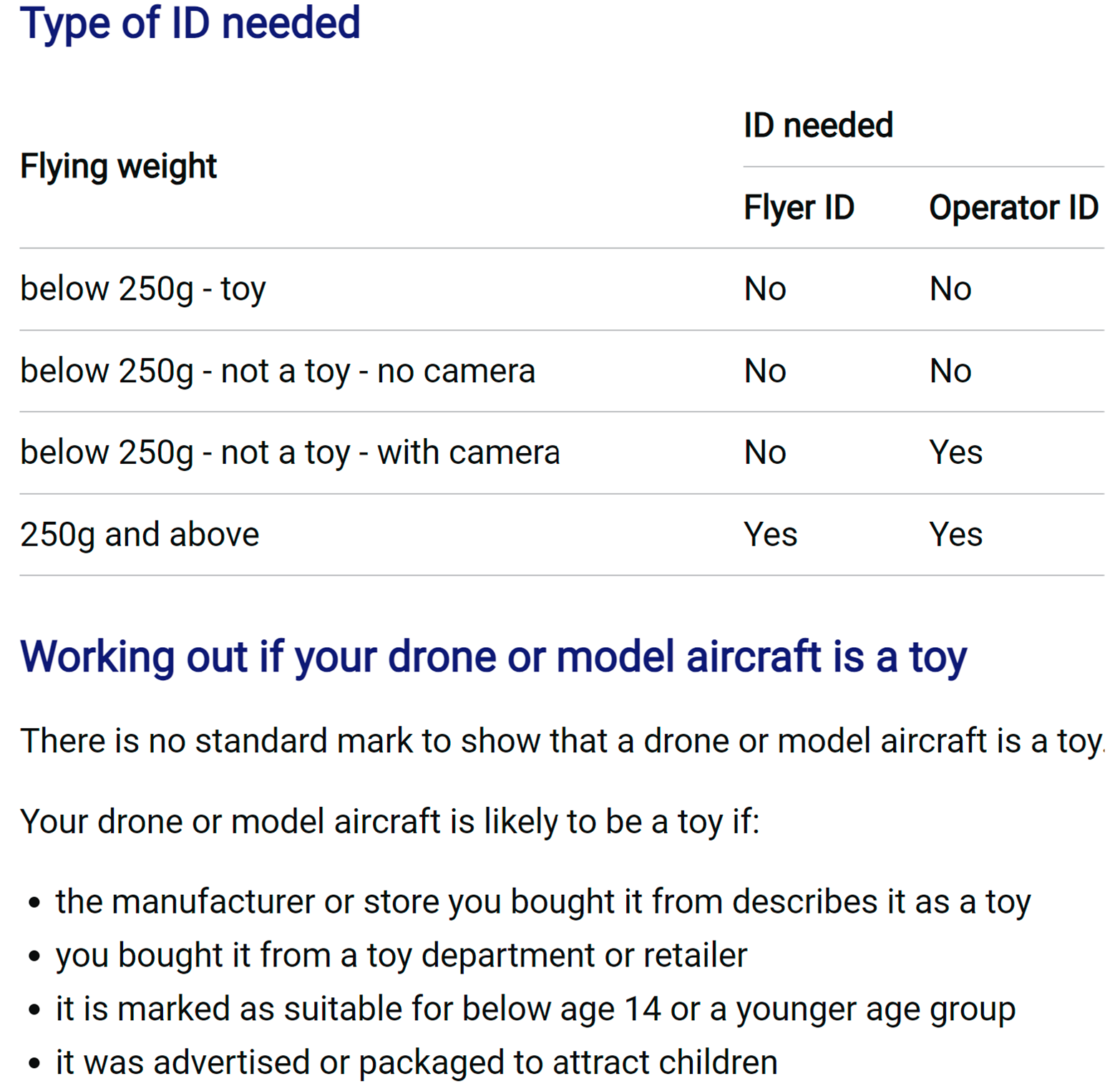This resource aims to provide essential information about drone operation and regulation in public spaces across the UK. As drones become increasingly prevalent, understanding their impact and legal requirements is crucial. We will cover common models, such as the lightweight DJI Mini, and outline key regulations, including the UK Drone Code, registration requirements, and data protection considerations.
Common Drone Models:
Many drones you encounter will be below the 250g threshold, such as the DJI Mini, which weighs 249g. These drones are exempt from many regulations. If a drone is equipped with a camera and is not classified as a toy, it must display an operator ID, issued by the pilot.
When it comes to drones, here are the key points to consider:
- Is It Legal to Fly a Drone?: Yes, flying drones in the UK is legal, but specific regulations must be followed. Drones weighing under 250 grams have fewer restrictions than those over this limit.
- Registration Requirement: Drones under 250 grams face minimal regulation, and your airspace is not private, even if the land is. Drones weighing over 250 grams must be registered with the Civil Aviation Authority (CAA) regulations. Additionally, operators need to obtain a Remote Pilot Licence (such as the General Visual Line of Sight Certificate, or GVC) for commercial use or certain recreational activities.
Commercial Drone Use:
- Insurance Requirements: Commercial drone operators (including those generating income from platforms like YouTube) must have third-party public liability insurance. In Manchester, they should register with Screen Manchester.
- Data Protection Considerations: If a drone user is a YouTuber and the footage is not for private use (i.e. monetised), GDPR and Data Protection laws may apply, although there are exceptions for journalism.
By understanding these guidelines and regulations, you can better manage interactions with drone operators while protecting your business interests.
UK Drone Code:
Drone operators must adhere to the following guidelines:
- Fly Below 120m: Do not exceed 120 meters (400 feet).
- Maintain Visual Line of Sight: Keep the drone within sight at all times.
- No Fly Zones: Avoid restricted areas like airports and military bases.
- Avoid Crowds: Do not fly over groups of people.
- Insurance Recommended: Consider insurance for commercial operations.
- Safety Checks: Conduct pre-flight checks to ensure the drone is functioning properly.
- Report Incidents: Report any accidents or near-misses to the CAA.
For detailed information, visit the CAA’s Drone and Model Aircraft Code
Case Studies
Can landowners prevent drones from trespassing over private property?
Training opportunities for CityCo members
Useful Links
- CAP 722: Unmanned Aircraft System Operations in UK Airspace – Guidance | UK Civil Aviation Authority
- The Drone and Model Aircraft Code | UK Civil Aviation Authority
- Countering Threats From Uncrewed Aerial Systems
- Air Traffic Management and Unmanned Aircraft Act 2021
- The Air Navigation (Amendment) Order 2018
- Drones | Greater Manchester Police
- Information Commissioner’s Office – Drones


